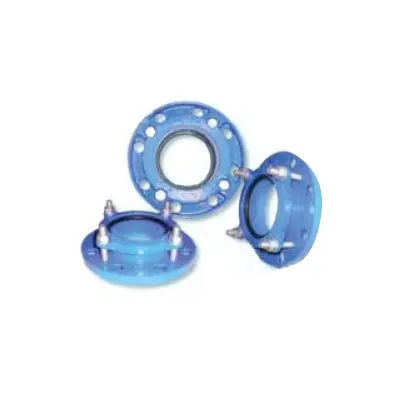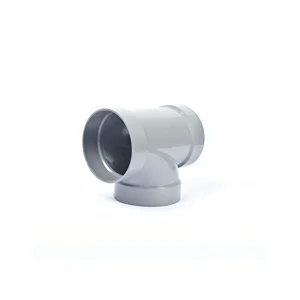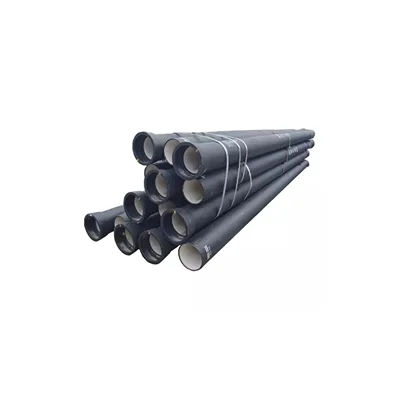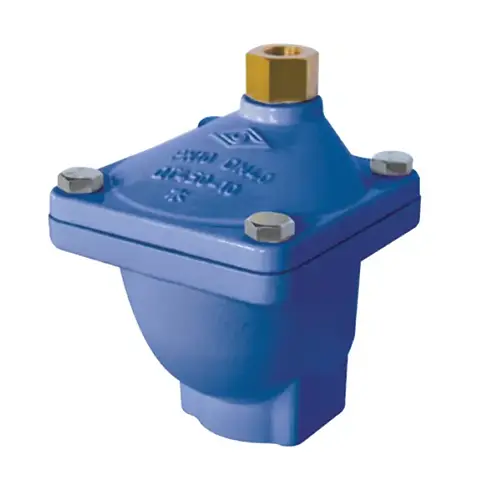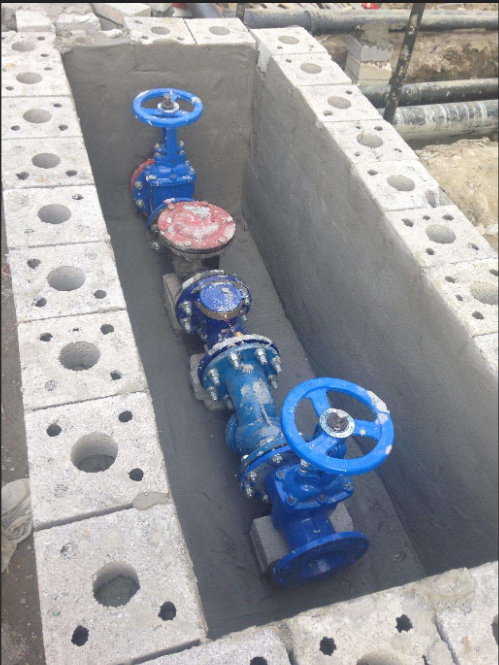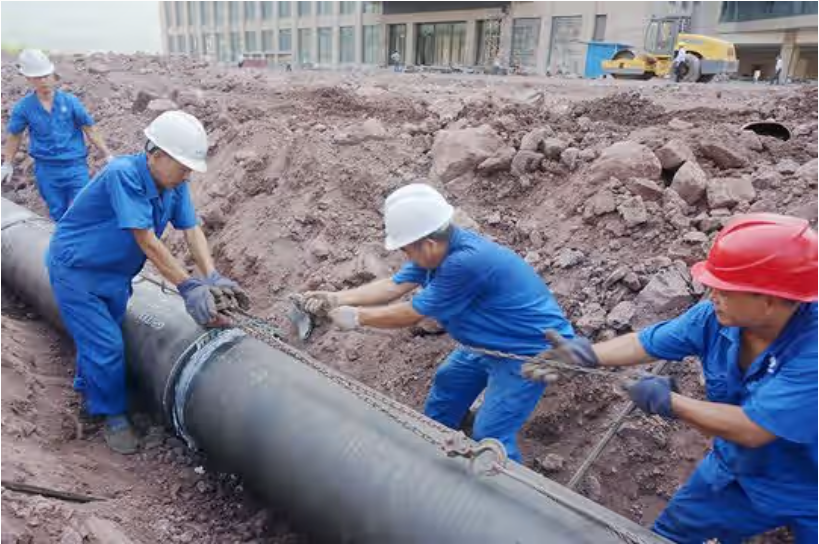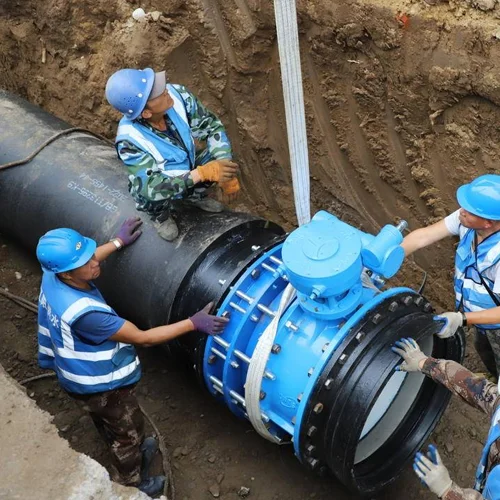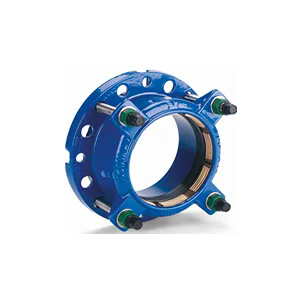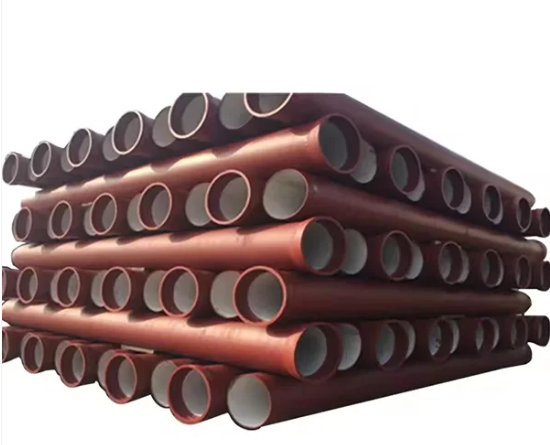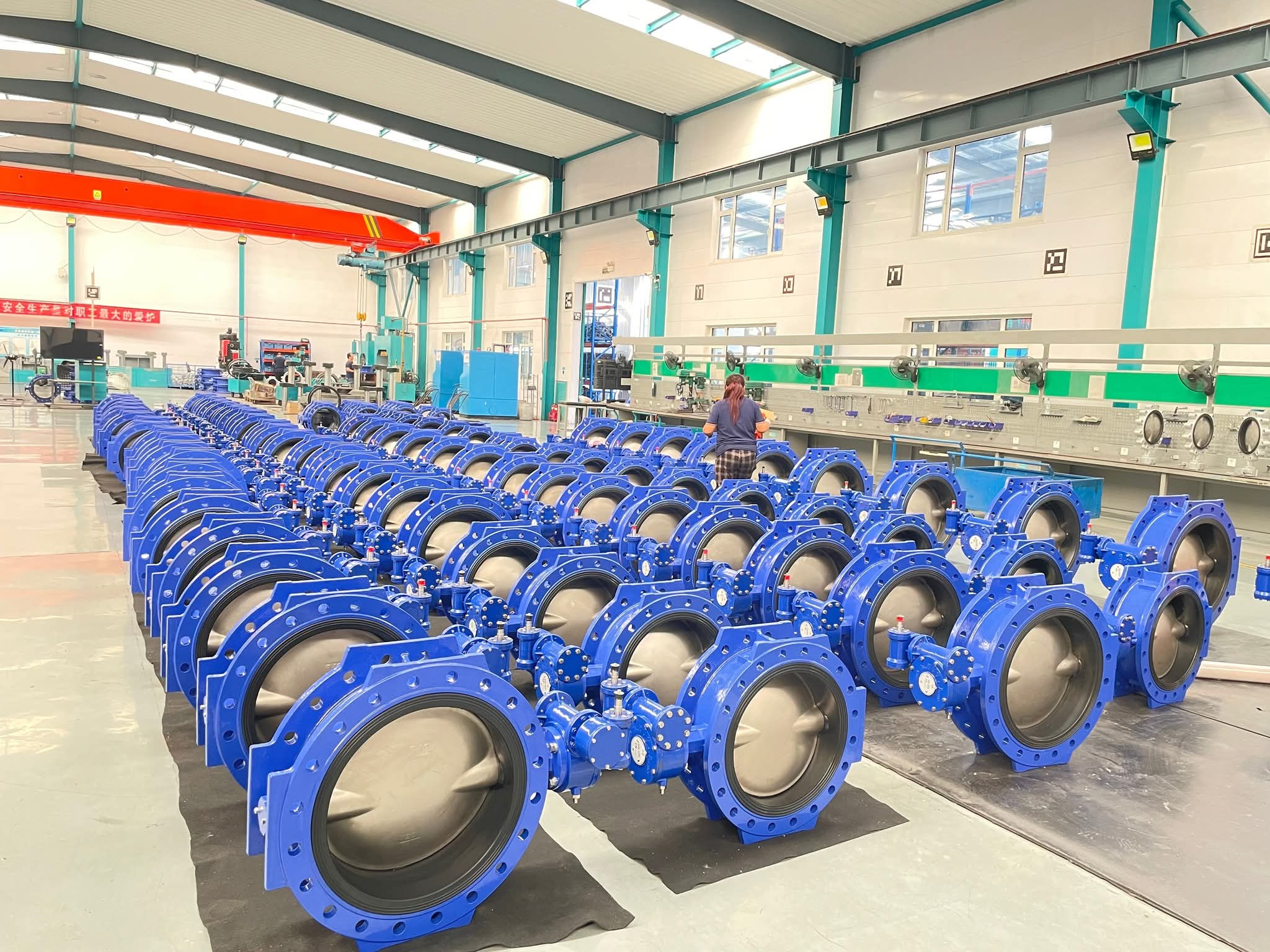Email Us
What is the difference between a flange and a dismantling joint?
1. Core Purpose Difference
Flange: Its core purpose is to create a permanent or semi-permanent, sealed, rigid connection point in a piping system. It is used to connect pipes to pipes, pipes to valves, pipes to pumps, or other equipment. It is the fundamental connection method for building a piping network. Once bolts are tightened, a flange connection is meant to be fixed and immovable.
Dismantling Joint: Its core purpose is to facilitate the quick disassembly and maintenance of specific equipment (like valves, pumps, flow meters). It is not a basic connector, but rather functions as a "maintenance tool" or "removable section", typically installed between the flanges at both ends of equipment that requires frequent maintenance (e.g., valves). Its very existence is to make equipment removal easy.
2. Structure and Operation Mechanism Difference
Flange: The structure is relatively simple, mainly consisting of two discs (flange plates) with bolt holes and a sealing gasket sandwiched in between. During connection, all surrounding flange bolts must be evenly tightened to compress the gasket, achieving sealing and fixation. To disassemble equipment, all connecting bolts on the flanges at both sides of the equipment must be completely loosened and removed before the equipment can be taken out. This process can be time-consuming and laborious, especially if bolts are corroded or space is confined.
Dismantling Joint: The structure is more complex. It includes two flanges (one fixed end, one movable end), a telescopic sleeve (like a telescope structure, with seals), and the crucial 2-4 limit bolts.
During normal operation: The nuts on the limit bolts are evenly tightened, pulling the movable flange towards the fixed flange and compressing the telescopic sleeve, making the entire joint rigid like a short pipe section.
When equipment needs disassembly: Only the nuts on these few limit bolts need to be loosened (not removed). Once loosened, the movable flange (along with the equipment to be removed) can be pulled axially along the pipeline a preset distance (e.g., 50mm, 100mm). This space is sufficient to easily remove the bolts connecting the equipment itself to the pipeline flange, allowing the equipment to be taken away. The flange connection of the piping system itself (on the fixed flange side) remains completely untouched.

3. Functional Focus Difference
Flange: Provides basic connection, sealing, and pressure-bearing functions. Designed as a fixed point, it lacks specific design features for easy disassembly and does not provide axial displacement compensation (unless it's a specially designed special flange).
Dismantling Joint:
Primary Function: Enables quick, cutting-free disassembly of critical equipment, significantly saving maintenance time and costs, and reducing disturbance to the piping system.
Additional Functions: Utilizing its telescopic structure, it can also compensate for minor pipeline axial displacement (e.g., thermal expansion/contraction, installation errors) during installation and operation, simplify alignment during installation, and provide some vibration absorption.
4. Application Scenarios Difference
Flange: Ubiquitous, it's the standard configuration wherever a connection is needed. Piping systems are built from countless flange connection points.
Dismantling Joint: Strategically installed on both sides of critical equipment (especially valves, pumps) that require frequent maintenance or potential replacement. It is "inserted" between the equipment and the piping system at the existing two flange connection points. Commonly used in scenarios with confined maintenance space, high maintenance frequency, or where cutting/welding (hot work) is not permitted.
Summary of Key Differences:
Flange is a "Connector": Used to permanently connect pipes and equipment; it is the foundation for building the system.
Dismantling Joint is a "Maintenance Component": Used to facilitate the disassembly of specific equipment; it is an assistant for system maintenance. With its unique telescopic structure and limit bolt design, it allows you to create space for equipment removal by loosening only a few nuts, avoiding the hassle of removing numerous flange bolts or cutting pipes.
Simple Analogy:
Imagine a drawer fixed inside a cabinet.
Flange is like nailing or gluing the drawer to the cabinet – to remove the drawer, you must break the connection or painstakingly remove all the nails/glue.
Dismantling Joint is like installing drawer slides and latches between the drawer and the cabinet – during normal operation, the latches (limit bolts) lock the drawer securely; when maintenance is needed, unlatching (loosening the nuts) allows you to easily pull the drawer (equipment) out along the slides (telescopic sleeve) for inspection or replacement. The cabinet body (main pipeline) itself remains completely undisturbed.
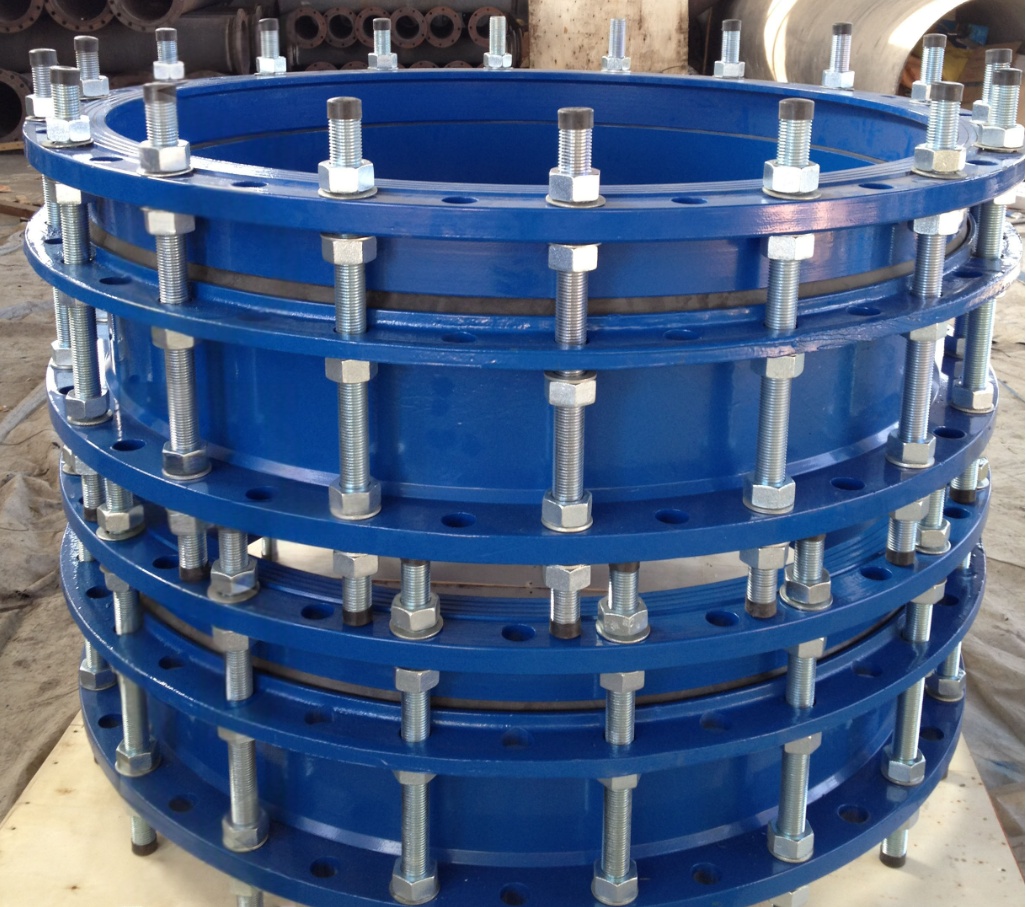
SHANDONG EPOCH EQUIPMENT CO., LTD. is a large-scale professional manufacturer in Shandong Province of China, adheres to the orientation of science and technology, environmental protection, quality and efficiency. At present, it has grown into a trans-regional and multi-industrial enterprise integrating such wide industries as design, development, production and export. Visit our website at https://www.epochpipeline.com/ to learn more about our products. For inquiries, you can reach us at sdepochwater@hotmail.com.
MORE Detail:https://youtu.be/OCP0SJSGyMQ?si=8s_MCcn2Mdu2rTIZhttps://youtu.be/OCP0SJSGyMQ?si=8s_MCcn2Mdu2rTIZ
- Why Is Ductile Iron Pipe Still the Safe Choice for Long-Life Water Networks?
- Which Pipeline Installation Machines and Tools Help Me Deliver Faster, Safer, and More Profitable Projects?
- Key points for quality inspection of ductile iron pipes
- Why do Carbon Steel Pipes keep winning tough industrial projects?
- What are the connection methods for ductile iron pipes?
- The Origin of the Butterfly Valve's Name
About Us
Contact Us
No. 112, Jiefang Road, Lixia District, Jinan City, Shandong Province, China
Copyright © 2025 Shandong Epoch Equipment Co., Ltd. All Rights Reserved.


